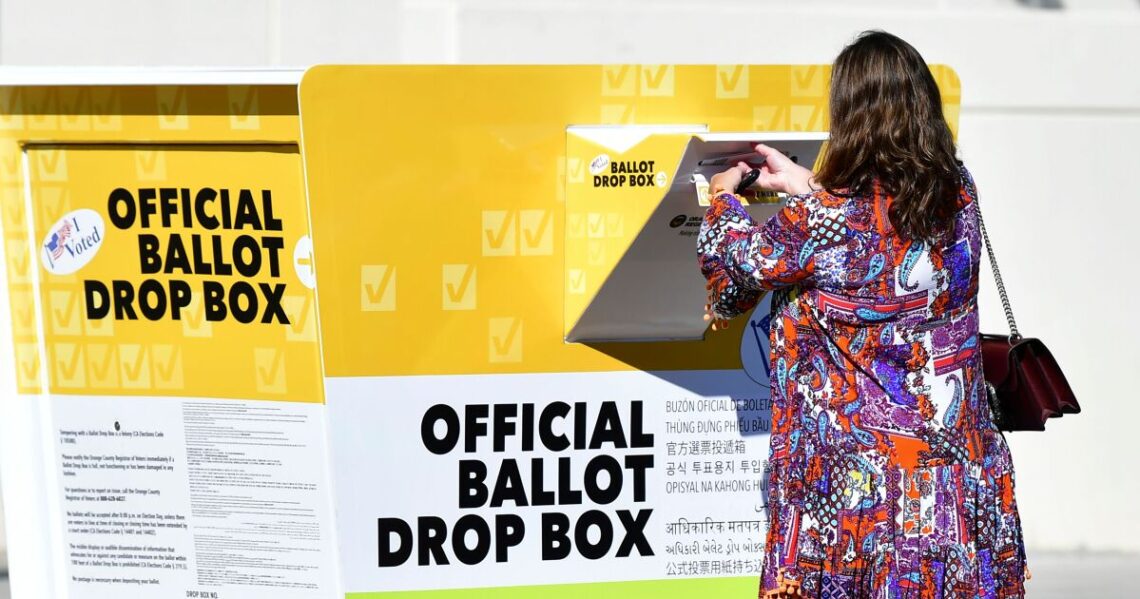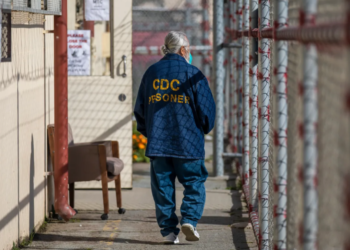In a pivotal election year, U.S. democracy continues to face a persistent challenge among the country’s electorate — gaps in voter registration rates between white eligible voters and eligible voters of color.
For years, the shares of Black, Asian and Latino citizens age 18 or older signed up to cast ballots have trailed behind that of white adult citizens, according to the Census Bureau’s Current Population Survey.
And while the estimated registration rate for Black eligible voters has stayed closer to (and, in 2012, even surpassed) the rate for white eligible voters, the rates for Asian Americans and Latinos — who make up the country’s top two fast-growing electorates by race or ethnicity — have remained among the lowest of the racial and ethnic groups in the United States.
Based on national estimates from the last two federal election years, the disparity in registration rates between white and Asian eligible voters is around nine percentage points. Between white and Latino eligible voters, the gap is about 13 percentage points.
Long-standing barriers to voter registration have made it difficult to close these gaps, and dedicated investment is needed to ensure fuller participation in elections and a healthier democracy, many researchers and advocates say.
“This is something that needs to be paid attention to sustainably all the time,” says Rodrigo Dominguez-Villegas, director of research at the UCLA Latino Policy & Politics Institute. “It is not something that should be paid attention to only when we are getting close to a presidential election.”
For some, economic needs overshadow political participation
Many Latino…
Read the full article here







